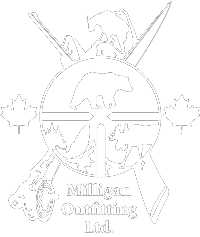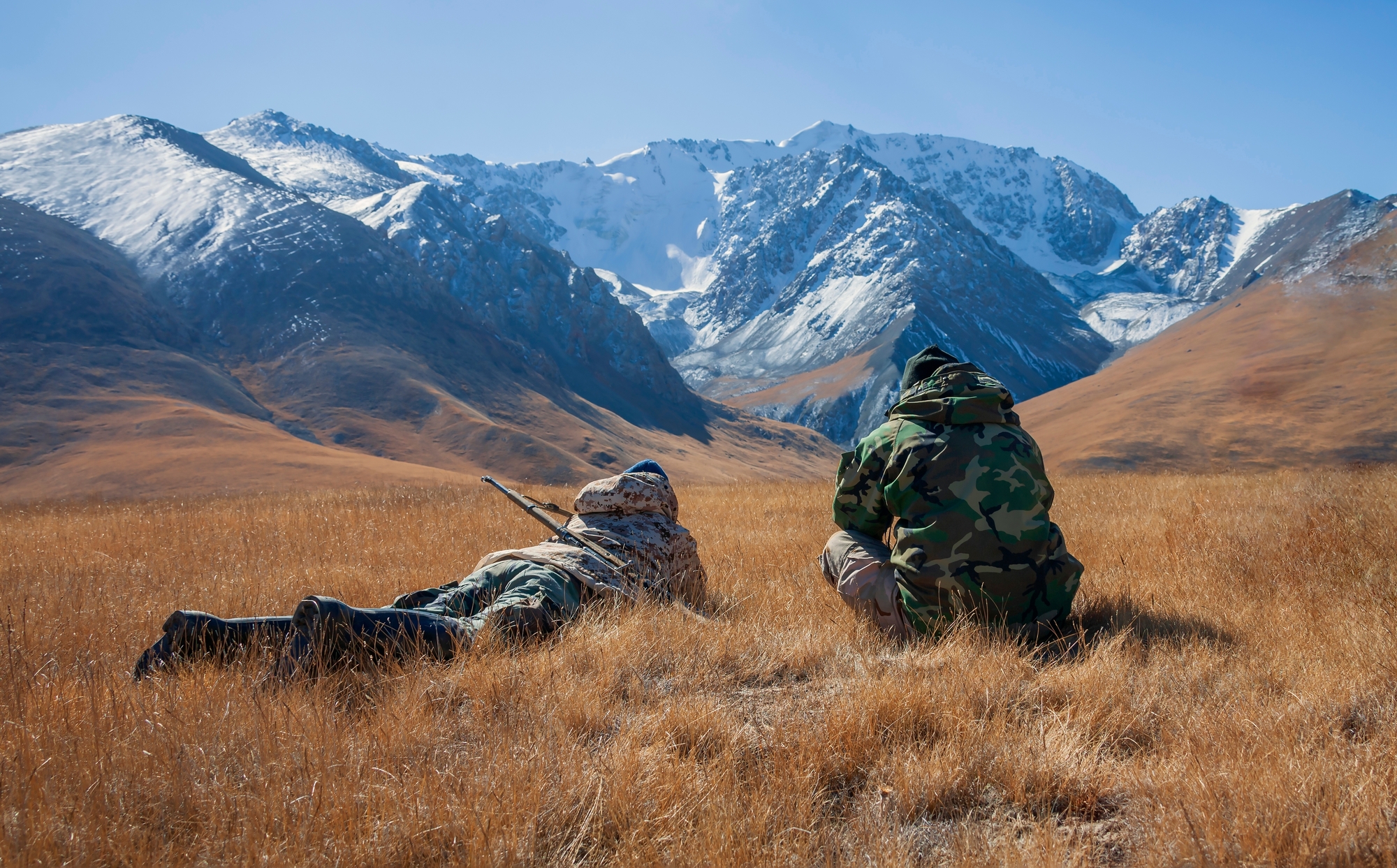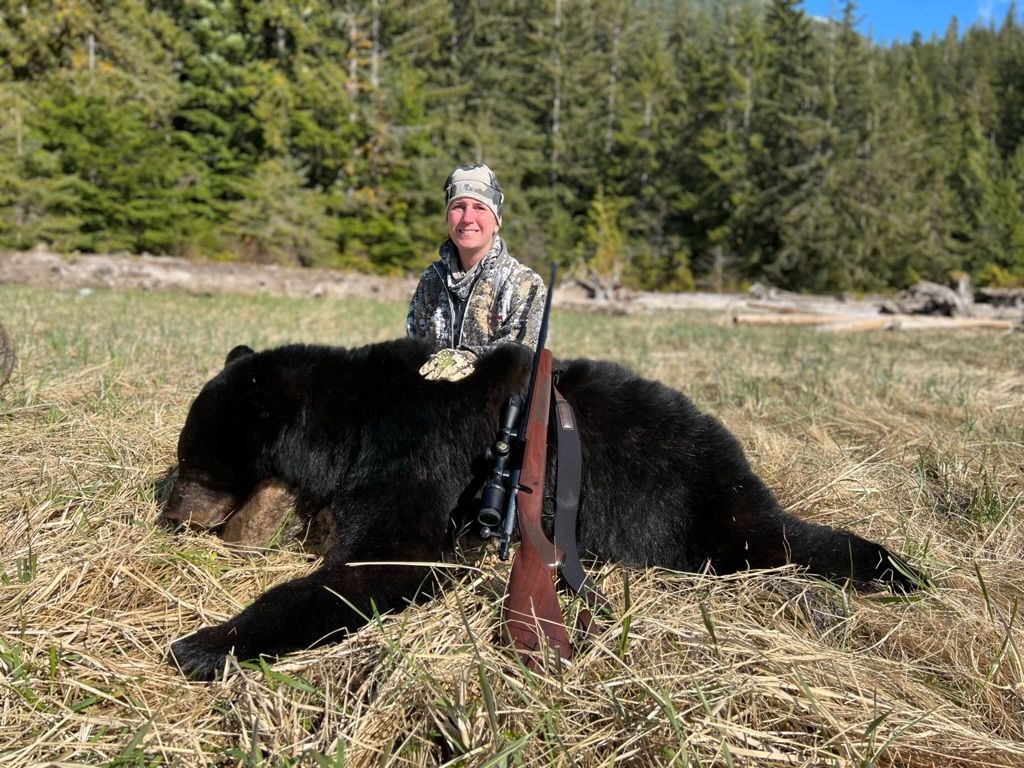When it comes to embarking on a memorable hunting expedition in British Columbia, success isn’t solely defined by having the right gear—it also hinges on thorough planning, an adaptive mindset, and a deep understanding of the local environment. This comprehensive guide explores strategies and tactics that go beyond equipment, offering valuable insights into planning your hunt, adapting to BC’s challenging landscape, and embracing the conservation practices that define modern hunting ethics.
This article is designed to complement our in-depth guide on essential gear by focusing on the non-equipment aspects of your hunting adventure. Whether you’re a seasoned hunter or a newcomer looking to refine your approach, these strategies will help you maximize your experience and make every expedition both safe and rewarding.
Table of Contents
- Understanding the Hunting Landscape in British Columbia
- Planning Your Expedition: Permits, Regulations, and Itineraries
- The Role of Local Knowledge and Environmental Awareness
- Tactical Strategies for Hunting Success
- Mental Preparation and the Hunter’s Mindset
- Embracing Conservation and Ethical Hunting Practices
- Field Tips and Real-World Experiences
- Conclusion: Charting Your Path to a Successful Hunt
1. Understanding the Hunting Landscape in British Columbia
British Columbia offers a diverse and dramatic hunting landscape that can vary from dense forests and rugged mountains to expansive river valleys. This variety means that successful hunters need to be well-versed in the unique challenges each terrain presents.
Diverse Environments
- Forested Regions: Dense, often misty woods provide excellent cover for wildlife but can also challenge your navigation skills.
- Mountainous Areas: High-altitude regions offer breathtaking views and the thrill of pursuing game like mountain goats. However, steep trails, thin air, and unpredictable weather require careful acclimation and physical readiness.
- River Valleys: These areas are teeming with wildlife and are ideal for tracking species such as moose and bears. Yet, fluctuating water levels and slippery surfaces can pose hazards that demand a strategic approach.
Understanding these environments is the first step toward adapting your hunting strategy. Researching the specific region you plan to hunt in—including local weather patterns and wildlife activity—will improve your chances of success and ensure you’re mentally and physically prepared for the challenges ahead.
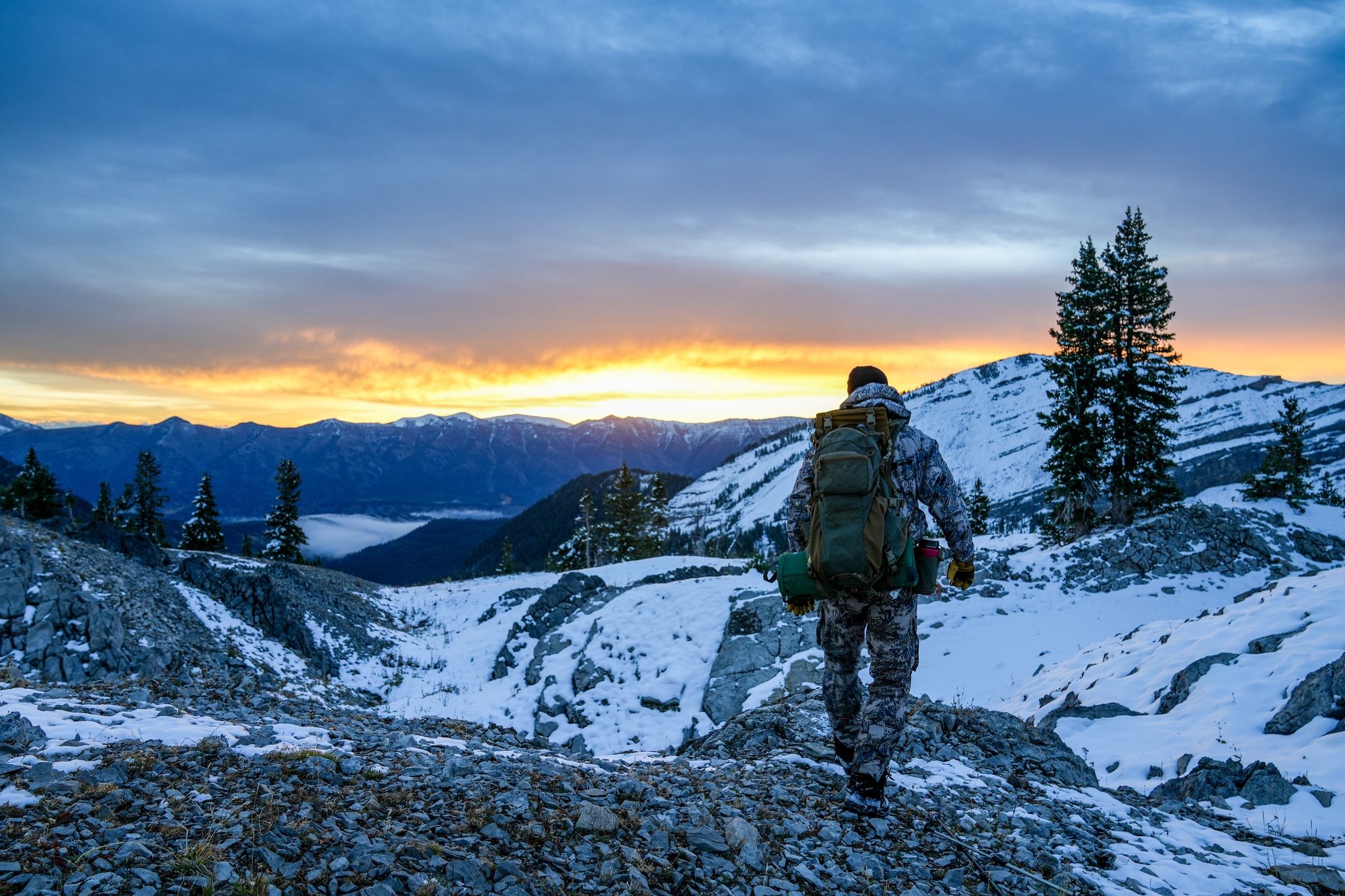
2. Planning Your Expedition: Permits, Regulations, and Itineraries
Thorough planning is crucial before setting out on your hunt. This stage involves understanding local regulations, securing necessary permits, and meticulously planning your itinerary to make the most of your time in the wild.
Securing Permits and Understanding Regulations
British Columbia has strict hunting regulations designed to conserve wildlife populations and ensure ethical practices. Familiarize yourself with the rules set by provincial authorities and local conservation agencies:
- Permits: Apply for the necessary hunting permits well in advance. Depending on your target species, this may include special licenses for trophy hunts or region-specific permits.
- Regulations: Review the regulations regarding season dates, bag limits, and the types of weapons allowed. Staying compliant not only protects the environment but also keeps you on the right side of the law.
- Local Updates: Keep an eye on any changes in local laws or conservation policies by checking reliable resources, such as the BC Ministry of Forests, Lands, Natural Resource Operations and Rural Development.
Crafting a Detailed Itinerary
A well-structured itinerary can significantly enhance your overall experience:
- Route Planning: Use topographical maps and consult local experts or guides to determine the best routes for tracking your target species. It’s wise to incorporate alternate routes in case of unexpected obstacles.
- Time Management: Allocate sufficient time for travel, rest, and contingency planning. A well-paced expedition not only minimizes stress but also allows you to fully appreciate the environment and adjust to changing conditions.
- Emergency Protocols: Always prepare for emergencies. Identify nearby access points or communication networks that can be used if you need assistance. Include backup communication devices and make sure someone knows your detailed plan.
Planning is the cornerstone of a successful hunt. The more prepared you are, the better you can adapt to the unpredictable nature of the wild.
3. The Role of Local Knowledge and Environmental Awareness
British Columbia’s vast wilderness holds secrets that only local knowledge can reveal. Embracing this insight is a critical component of any successful hunting strategy.
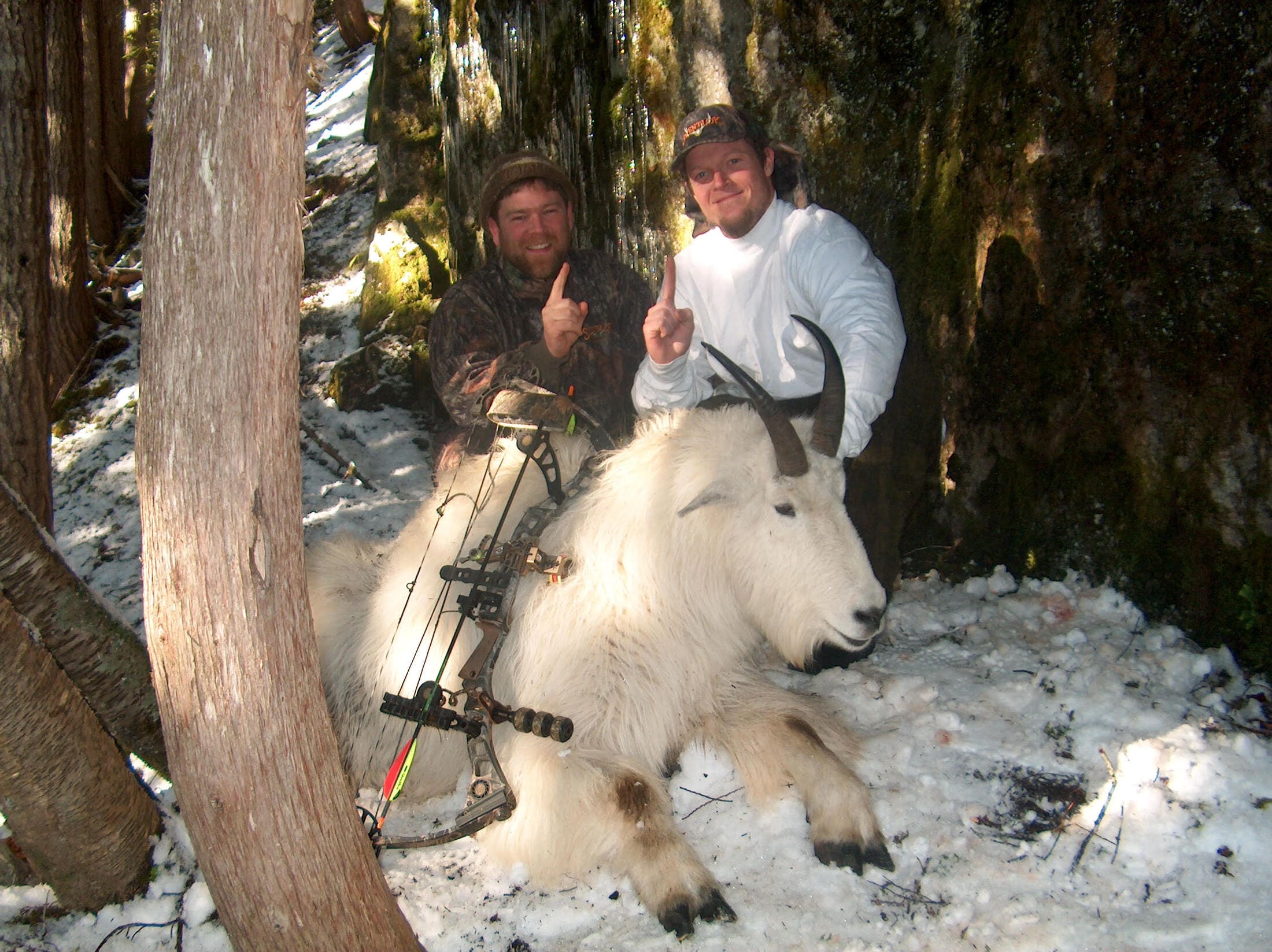
Collaborating with Local Experts
- Guided Hunts: Even experienced hunters can benefit from partnering with local guides who have intimate knowledge of the terrain. Their insights into wildlife patterns, safe routes, and hidden spots can be invaluable.
- Community Forums: Engage with local hunting communities, online forums, and clubs. These networks are often filled with seasoned hunters willing to share their advice and recent observations about animal movements and weather changes.
- Conservation Programs: Connecting with local conservation groups can provide deeper insight into the ongoing efforts to protect and manage wildlife, helping you understand animal behaviors and migration patterns.
Environmental Awareness
- Seasonal Changes: Recognize how seasonal variations impact the behavior of game. For example, winter can significantly alter the movement patterns of ungulates, while summer may increase the activity of predators.
- Local Flora and Fauna: Understanding the ecosystem helps you predict where wildlife might be found. Research local vegetation, water sources, and terrain features to pinpoint potential hotspots for animal activity.
- Sustainability Practices: Respecting the environment goes hand in hand with successful hunting. Adopting sustainable practices, such as minimizing waste and leaving no trace, ensures that the natural beauty of British Columbia remains intact for future generations.
Leveraging local knowledge enriches your hunting strategy and fosters a deeper connection with the land, ultimately enhancing both your experience and the conservation of wildlife.
4. Tactical Strategies for Hunting Success
Success in the field is a blend of preparation, intuition, and the tactical application of hunting skills. In this section, we explore key strategies that extend beyond the physical aspects of gear.
Understanding Animal Behavior
A successful hunt relies heavily on understanding the behavior of your target species. Here are some insights that can refine your approach:
Patterns and Movement
- Feeding Times: Animals have specific feeding routines, with early mornings and late afternoons often being the most active periods.
- Water Sources: Wildlife frequently visits water sources. Position yourself near rivers, lakes, or streams where animals are likely to congregate.
- Migration Routes: Learn about the natural migration routes in the region. This knowledge can help you predict where animals will be during various times of the year.
Behavioral Responses to Weather
- Cold Weather: In colder conditions, animals may conserve energy by reducing their movement. Adjust your expectations and strategies accordingly.
- Rain and Wind: Inclement weather can drive animals to seek shelter. Knowing where these shelters might be can give you a tactical advantage.
Understanding these patterns allows you to plan your movements and position yourself optimally for success.
Adapting to Weather and Terrain
British Columbia’s weather is as varied as its terrain. Flexibility and the ability to adapt are key to thriving in such dynamic conditions.
Weather Adaptability
- Real-Time Monitoring: Always keep an eye on local weather forecasts. Sudden changes can significantly impact both your safety and animal behavior.
- Flexible Schedules: Build flexibility into your itinerary. Having a backup plan ensures you remain safe and can adjust quickly if conditions change unexpectedly.
- Natural Indicators: Learn to observe natural weather indicators, such as shifts in wind direction or cloud formations, which can hint at upcoming weather changes.
Terrain Tactics
- Navigating Slopes and Valleys: Understanding the topography is crucial. Ascending steep slopes or descending rugged valleys requires careful planning and an awareness of your physical limits.
- Using Natural Cover: The landscape itself can provide concealment. Position yourself behind rock formations or dense foliage to stay undetected by your target.
- Tracking Techniques: Analyze animal trails and tracks to predict movement. Features such as water crossings or clearings can funnel animals along predictable paths.
Adapting to the dynamic conditions of British Columbia’s wilderness is a hallmark of a successful hunter. Tactical flexibility ensures that you’re prepared for any situation, enhancing both your safety and success.
5. Mental Preparation and the Hunter’s Mindset
Hunting is as much a mental game as it is a physical endeavor. The right mindset can make the difference between a rewarding experience and one filled with frustration.
Developing Focus and Patience
- Mindfulness Practices: Incorporate mindfulness techniques to remain present and focused during your hunt. Simple meditation or deep-breathing exercises before setting out can help calm your nerves and sharpen your concentration.
- Embracing Patience: Successful hunting often requires long periods of waiting. Cultivate patience, and use this time to observe your surroundings closely and gather valuable insights.
- Visualization: Visualize your success and the steps necessary to achieve it. Positive mental imagery can bolster your confidence and prepare you mentally for the challenges ahead.
Staying Adaptable and Resilient
- Embracing Setbacks: Not every hunt will yield the desired results. View setbacks as learning opportunities rather than failures.
- Maintaining Composure: When unexpected challenges arise, such as sudden weather changes or a shift in animal behavior, maintaining a calm demeanor allows you to think clearly and adjust your strategy.
- Reflecting on Experience: After each hunt, take time to reflect on what worked well and what didn’t. Documenting these insights will help you refine your approach and build resilience over time.
A resilient and adaptable mindset not only improves your performance in the field but also enhances the overall enjoyment of your hunting adventures.
6. Embracing Conservation and Ethical Hunting Practices
Ethical hunting practices are central to the sustainability of wildlife populations and the preservation of natural habitats in British Columbia. A deep respect for the environment and adherence to conservation principles are integral to every successful expedition.
Sustainable Hunting Practices
- Respecting Quotas and Limits: Abide by local bag limits and quotas, which are designed to maintain healthy wildlife populations and ecosystems.
- Selective Harvesting: Focus on harvesting only what is necessary. This approach supports natural population balances and helps protect the species for future generations.
- Leave No Trace: Adopt a Leave No Trace philosophy. From minimizing campfire impacts to ensuring all trash is packed out, these practices are vital for preserving the natural beauty of BC.
Conservation Partnerships
- Supporting Local Initiatives: Get involved with local conservation programs and wildlife management efforts. Your support can fund important research and habitat restoration projects.
- Education and Advocacy: Share your knowledge and experiences with fellow hunters. Promoting ethical practices and conservation awareness helps build a broader culture of responsible hunting.
- Policy Engagement: Stay informed about conservation policies and participate in discussions or forums that advocate for sustainable hunting practices.
Conservation is not just a set of guidelines—it’s a commitment to ensuring that the wilderness remains vibrant and accessible for generations to come.
7. Field Tips and Real-World Experiences
Drawing on the collective wisdom of experienced hunters, this section offers practical tips and insights honed through years of navigating British Columbia’s rugged wilderness.
Practical Advice from Seasoned Hunters
- Scout Early: Many successful hunters emphasize the importance of scouting the area before the main hunt. Early morning observations can reveal animal patterns and help you familiarize yourself with the landscape.
- Adjust on the Fly: Be prepared to modify your tactics if conditions change. Flexibility in your approach can be the difference between a missed opportunity and a successful encounter.
- Respect the Wildlife: Understand that each species behaves differently. Invest time in learning the habits of your target animals and adjust your approach to suit their patterns.
Overcoming Common Challenges
- Handling Unpredictable Weather: Always be prepared for sudden weather changes. A flexible itinerary and contingency planning are key to staying safe and maintaining your hunting rhythm.
- Navigational Challenges: When trails are obscured by weather or dense foliage, rely on both modern navigation tools and traditional map-reading skills to stay on course.
- Maintaining Stealth: In areas where wildlife is particularly cautious, minimizing noise is crucial. Practice moving slowly and deliberately, and pay close attention to the natural sounds of the environment.
Building Confidence Through Experience
Every expedition provides an opportunity to hone your skills and build confidence. Even if a hunt doesn’t go exactly as planned, reflect on the experience, discuss it with fellow hunters, and use those lessons to improve your approach. This iterative process will enhance your future performance and deepen your connection to the natural world.
8. Conclusion: Charting Your Path to a Successful Hunt
A successful hunting expedition in British Columbia is a blend of meticulous planning, environmental awareness, tactical skill, and ethical practice. While the right gear is important, it is the thoughtful strategies, deep local insights, and a resilient mindset that truly set seasoned hunters apart.
By understanding BC’s diverse landscapes, planning your expedition with care, tapping into local expertise, and committing to ethical hunting practices, you pave the way for an adventure that is as rewarding as it is thrilling. Whether you’re navigating dense forests, ascending rugged mountain trails, or tracking elusive game along river valleys, the key is to remain adaptable, patient, and always willing to learn from the wild.
Every hunt is more than just a pursuit—it’s an opportunity to connect with nature, enhance your skills, and contribute to the conservation of a remarkable ecosystem. Embrace the journey, learn from every experience, and continue to refine your tactics. With the right mindset and preparation, every expedition in the breathtaking wilderness of British Columbia will be a memorable adventure.
Take the Next Step on Your Adventure
Are you ready to transform your hunting experience with expert advice and unmatched local knowledge? At Milligan Outfitting, we’re not just about gear—we’re about the entire adventure, from planning and preparation to the thrill of the hunt in British Columbia’s breathtaking wilderness.
- Start Your Journey: Check out our Home Page for the full story behind our legendary hunts.
- Choose Your Challenge: Whether it’s the rugged peaks of Mountain Goat Hunting, the raw power of Black Bear Hunting, the epic chase in Moose Hunting, or even world-class Fishing, we’ve got an adventure tailored for you.
- Connect With Us: Ready to plan your expedition? Visit our Contact Page to get personalized advice and booking support.
Step into the wild and take control of your hunting destiny. With Milligan Outfitting by your side, every expedition is a step toward a thrilling and memorable adventure!
By integrating these strategies and insights into your overall approach, you’ll be better prepared to face the challenges of the wild and enjoy every moment of your adventure. Embrace the landscape, respect its inherent challenges, and remember that the journey itself is as rewarding as the outcome.
